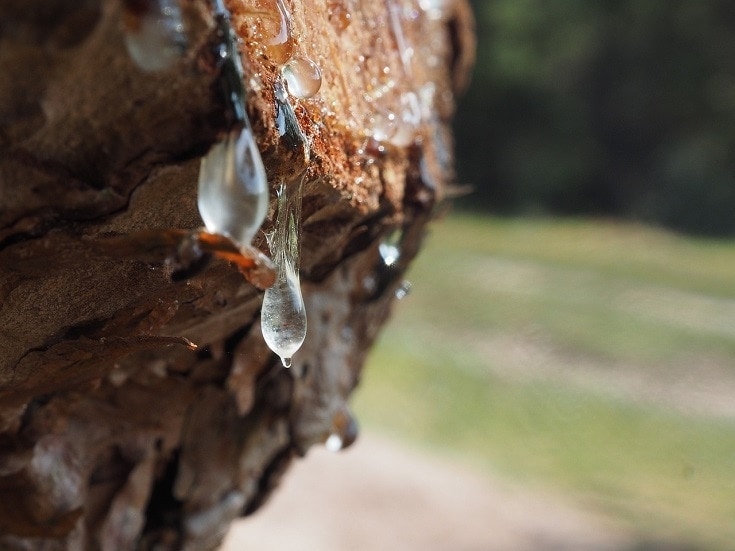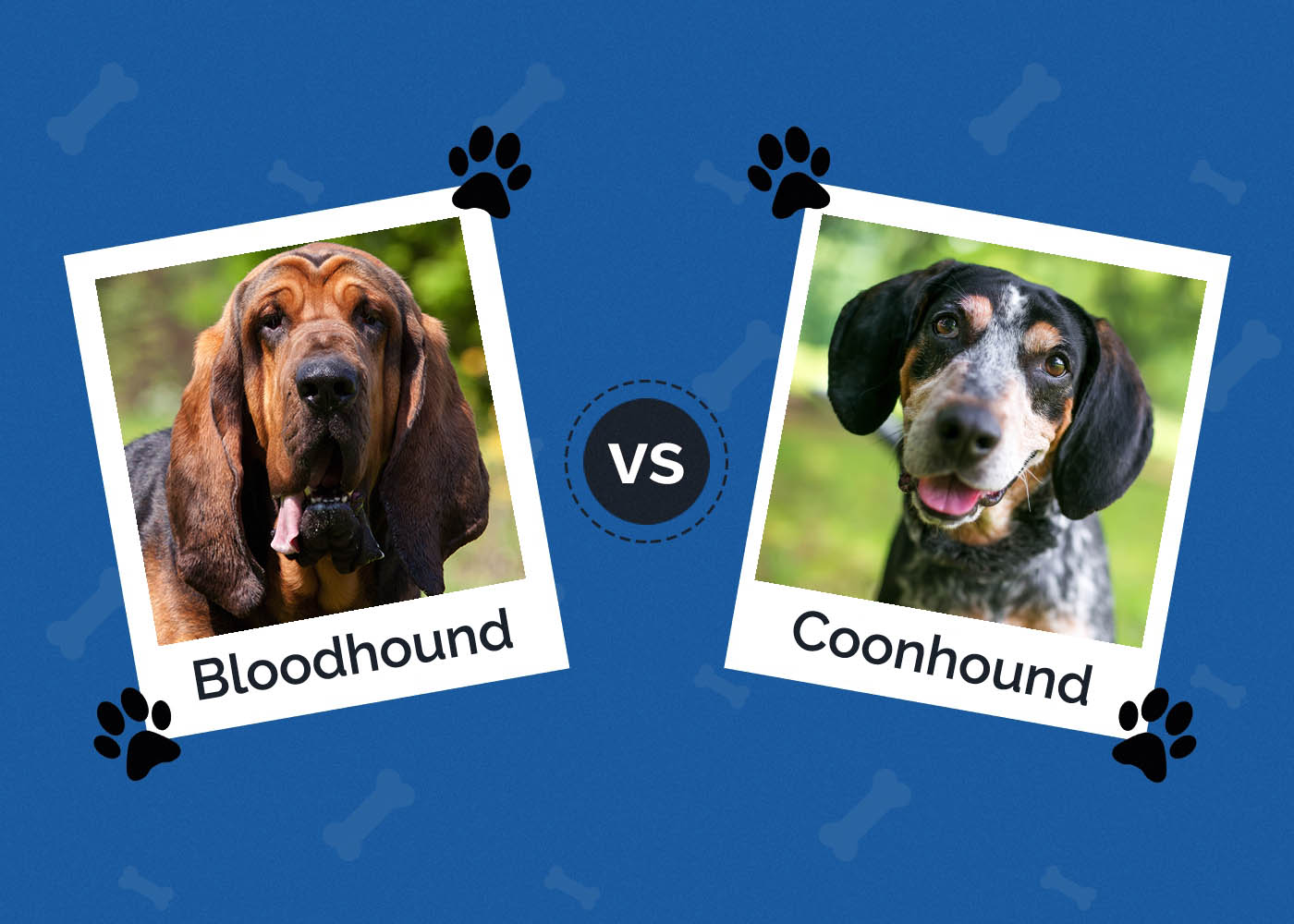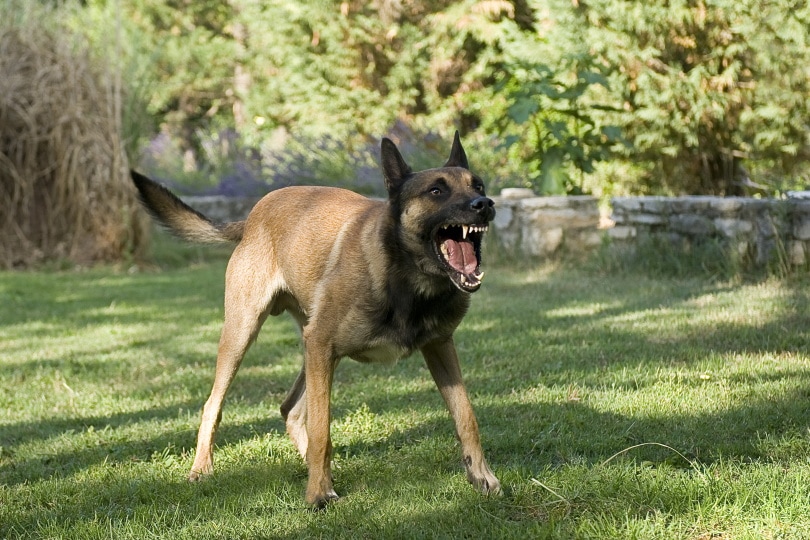Fox Face Pomeranian: Facts, Origin & History (With Pictures)

Updated on
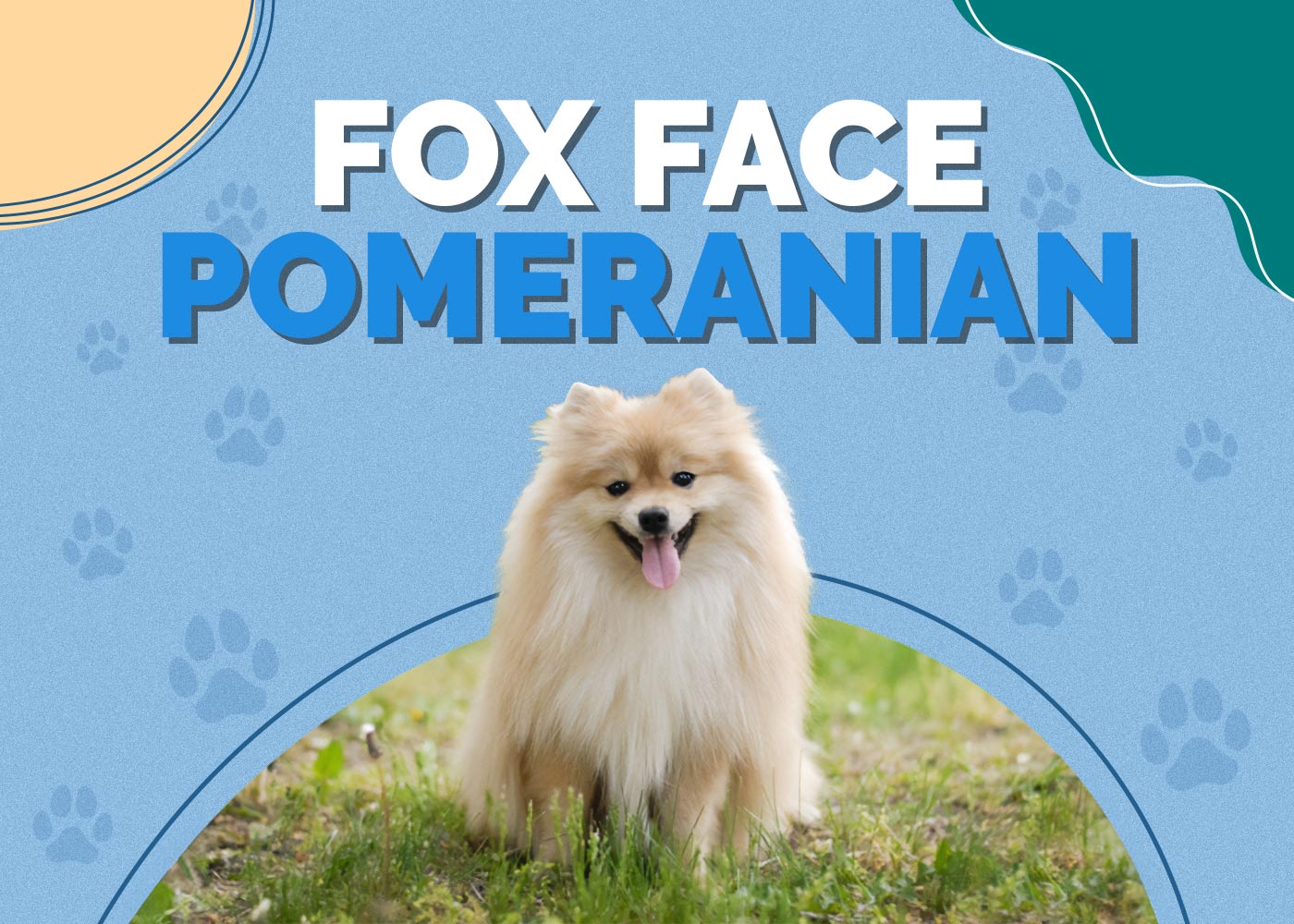
Pomeranians have a distinct, unmistakably regal appearance. They are small dogs with larger-than-life personalities. Pomeranian enthusiasts often use different nicknames to describe the Pomeranian’s face—the fox face, the babydoll face, and the teddy bear face.
The Fox Face Pomeranian is named so because of their fox-like expressions. Their upright ears, long muzzle, smiling expression, and fur give them a foxy appearance. Fox Face Poms also have much longer noses than the babydoll and teddy bear variations of the breed. Despite the nickname, the Fox Face Pomeranian is actually the breed standard for Pomeranians according to the American Kennel Club (AKC).
The Earliest Records of Fox Face Pomeranian in History
The Pomeranian originates from Pomerania, a region in Northeastern Europe that is now part of modern-day Poland and Western Germany. Poms are miniaturized Spitz-type dogs that descended from the towering and powerful sled dogs of the Arctic. Being the smallest of the spitz breeds, they have been bred into their smaller size for hundreds of years.
In 16th to 17th Century Germany, five distinct Spitz-type breeds were collectively referred to as the “German Spitz”. The smallest of the five Spitz-type dogs, called the Zwerg Spitz, eventually became the Pomeranian we know today. With their elegant and regal bearing, the Pomeranians were particularly popular among royalty in 18th-century Europe.
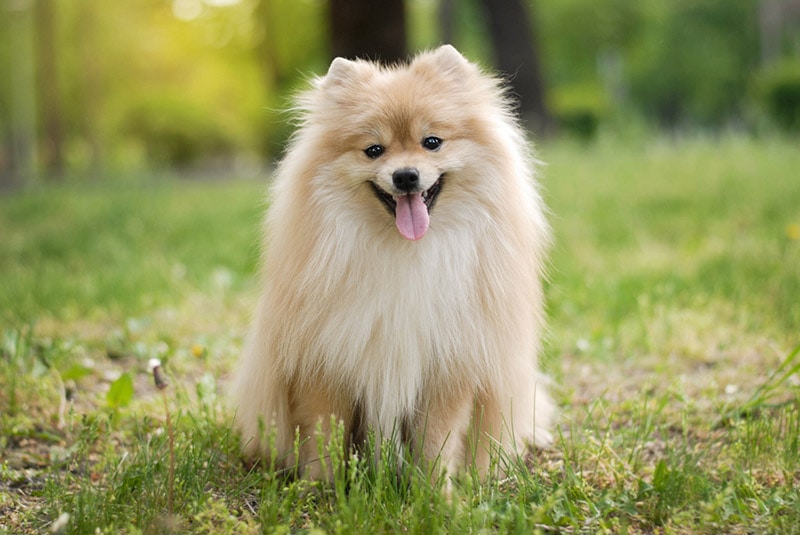
How Fox Face Pomeranian Gained Popularity
The Zwerg Spitz, which later received the name of Pomeranian, were bred down from their bigger and stronger Spitz cousins. From a history of pulling sleds, they were eventually bred for companionship.
The Pomeranian’s popularity can single-handedly be traced to Queen Victoria’s love for the dog. During a visit in Florence, Italy in 1888, Queen Victoria first encountered the Pomeranian belonging to an Italian noblewoman. She was immediately taken by the beautiful dog and acquired her own Pomeranian, named Turi, whom she brought back home to England.
Queen Victoria became a serious Pomeranian breeder and even entered numerous dog shows showing off her beautiful Pomeranian dogs. She was said to be responsible for shrinking the Pomeranian’s size by up to 30 pounds, giving us the Pomeranian stature that we know and love today. The Pomeranian is indeed a dog fit for a queen!
Formal Recognition of Fox Face Pomeranian
The Pomeranian was formally recognized as a breed by the English Kennel Club in 1870, followed by the AKC in the year 1888.
The Pomeranian breed standard weighed more and was slightly larger in the late 1800’s and eventually shrunk down to the toy breed we know today. Among the different nicknames that dog lovers use to describe the Pomeranian’s face, the Fox Face Pomeranian is the breed standard according to the AKC.
They are described as small, compact, sturdy dogs with a thick double coat that can come in a variety of colors. They have a proportional head with a short, blunt muzzle and a black nose. They have short, erect ears with a plumed tail that is set high. They are confident and alert with a fox-like expression.
There are other popular Pomeranian appearances that do not meet the breed standard, such as the babydoll face and the teddy bear face with their uniquely shorter muzzle. Smaller versions of the Pomeranian are also given the teacup nickname. While Fox Face Pomeranians can have slightly longer muzzles than normal, the Fox Face Pomeranian nickname was given to Pomeranians who generally fit the breed standard specified by the AKC.
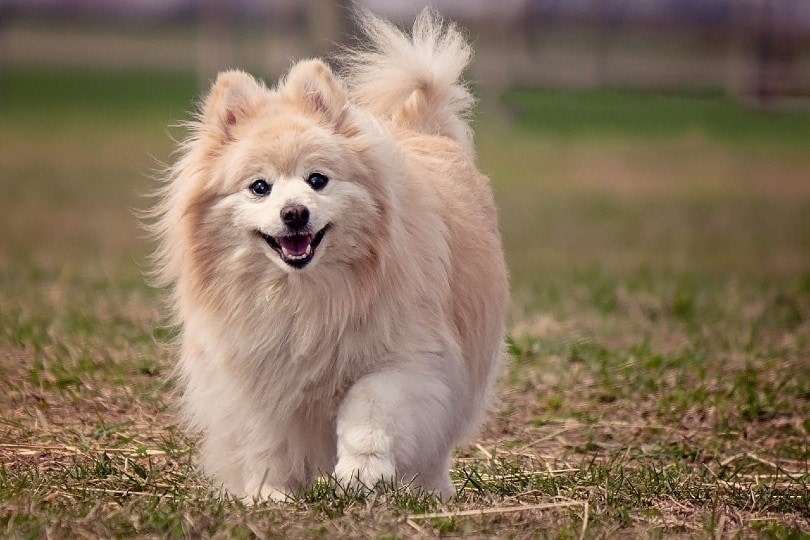
Top 5 Unique Facts About Fox Face Pomeranian
1. Fox Face Pomeranian Is Not a Separate Breed
The Fox Face Pomeranian is not a separate breed. There is only one Pomeranian breed, which is given a variety of nicknames depending on the different appearances they have, based on the breed standard. The Fox Face is simply one of them. Other nicknames, such as the teddy bear or babydoll, have much shorter muzzles, while the Fox Face Pom has a more pronounced muzzle giving them their foxy expression.
2. Fox Face Pomeranian Is Not Supposed to Look Like a Fox
The Fox Face nickname was simply given to the Fox Face Pom because of the collective appearance of the face and neck fur, upright ears, pronounced snout, and alert expression. They were given the nickname because of their fox-like expression with their intelligence and alertness, not because they look like actual foxes.
Some Fox Face Pomeranians can have different colors of fur, such as cream, orange, black, and white. Some owners can also go out of their way to cut their Pom’s fur to make them look more like a fox.
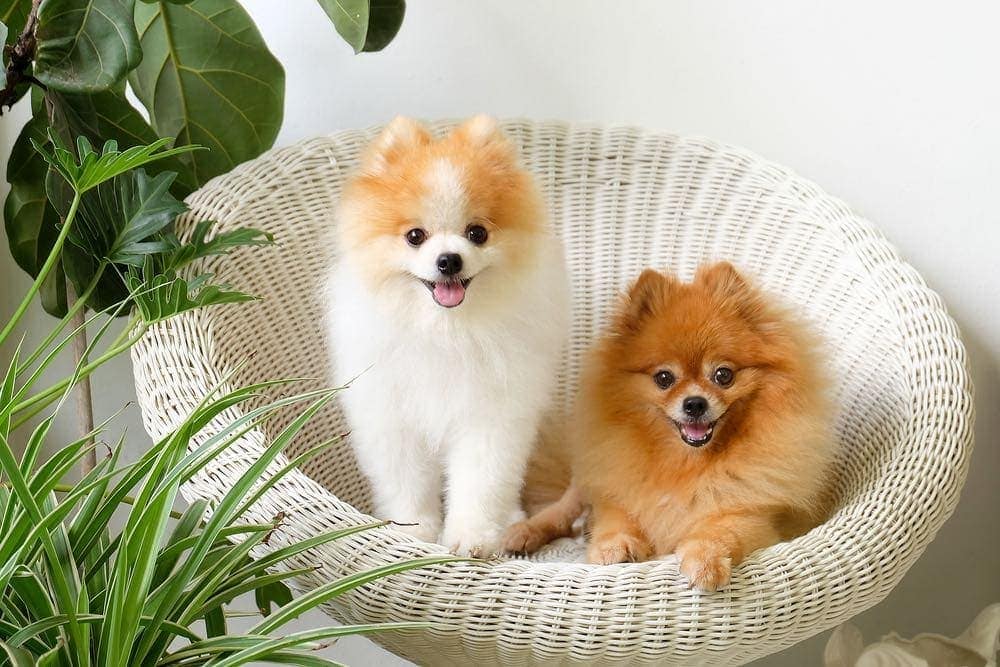
3. Some Fox Face Pomeranians May Have Longer Muzzles
Based on the breed standard, Pomeranians have short but pronounced muzzles. Some Fox Face Poms, however, can have muzzles that are longer than usual, further pronouncing their foxy facial expression.
Some Fox Face Pomeranians may have the foxy expression characteristic of the nickname, but with a smaller body. Typically, a Pomeranian that is smaller than normal has a different nickname, such as the teacup Pomeranian.
4. They Are Generally Healthy Dogs
With the proper diet and exercise, Pomeranians can live up to 12 to 16 years. They are active dogs with a lot of energy in their nimble little bodies. Pomeranians may be prone to a few health conditions, but they are easily preventable with the proper care, grooming, diet, and exercise.
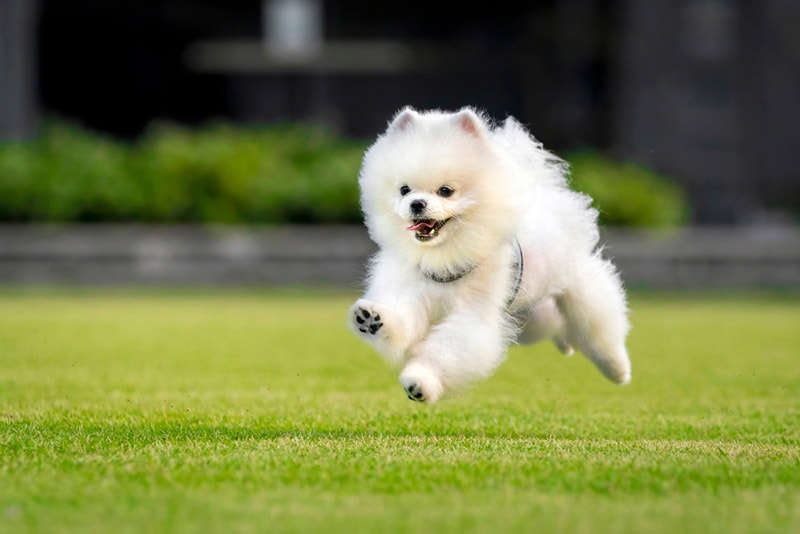
5. The Pomeranian’s Large Personality Comes From Their Ancestors
The first thing people notice about Pomeranians is their loud and large attitude. That is because Pomeranians descended from the large burly sled dogs in the Arctic! So if you’re wondering why your Pomeranian has the personality of a large dog, that is because your tiny Pom used to be a large dog itself! They are simply miniaturized versions of the power sled dogs they once were.
Does the Fox Face Pomeranian Make a Good Pet?
The Fox Face Pomeranian are one of the most popular toy dog breeds available. They are beautiful, confident, and love the company of people. They have a sociable personality that allows them to get along with people and even other pets!
Pomeranians are known to be yappy and feisty, but aggression is very unlikely among this breed. They are also energetic, intelligent, and playful, which means they need a lot of stimulation through play and exercise. They have a tendency to be loud, so like all dogs, Pomeranians need early socialization and training focusing on house and leash behavior. They make excellent family dogs, but because of their size, they may not be recommended for households with small children.
Pomeranians have a beautiful double coat that will require brushing one to two times a week to stay healthy.
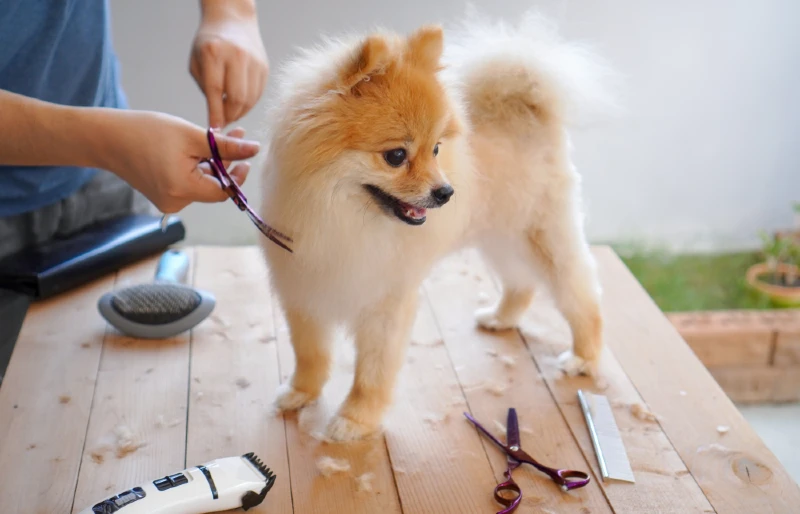
Conclusion
The Fox Face Pomeranian is simply a nickname given to Pomeranians that meet the breed standard because of their foxy appearance and expression. They are small, elegant, and adorable little dogs with a history of royalty. They are loyal and make excellent companions, even for households with multiple pets.
Throughout history, the Fox Face Pomeranian has been a favorite among royalty. However today, regardless of who their owners are, they remain as loyal companions and will still treat you like royalty!
See Also:
Featured Image Credit: Tam and Trace Photography, Shutterstock




